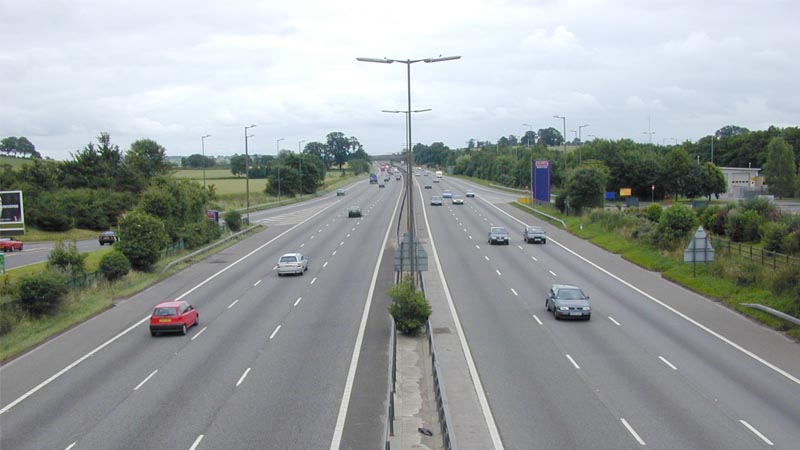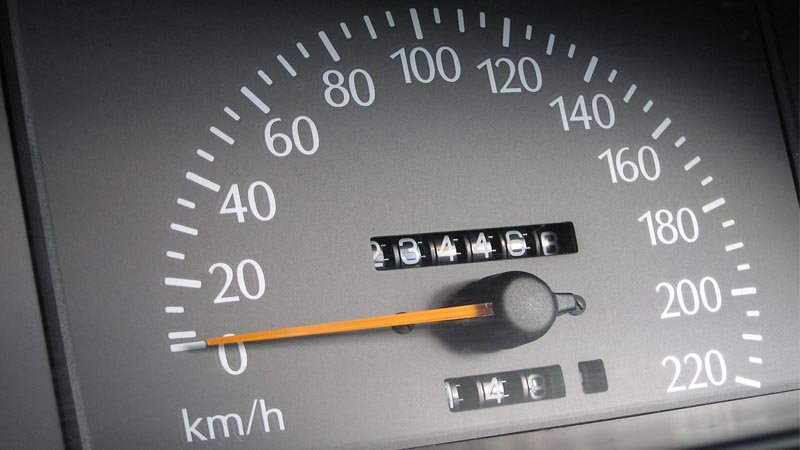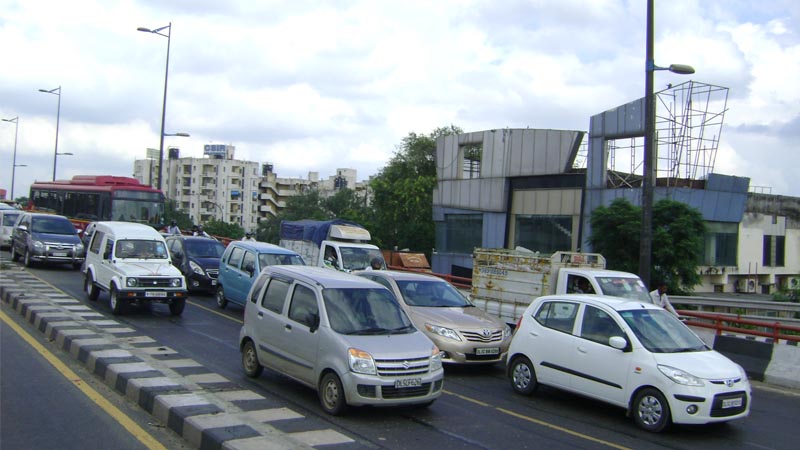WHAT IS ECO-DRIVING?
Eco-driving is a smart way of driving. It helps to reduce fuel consumption, greenhouse gas emissions and road accidents.
Links:
The US Energy Department proposes the following points for more efficient driving:

Drive 'Sensibly'
Aggressive driving (high speeds, rapid acceleration, sudden braking) can increase fuel consumption by 33% on the highway and 5% in the city. Sensible drive is safer and more relaxed. Economic benefit from 5% - 33%.

Observe speed limits
Although each vehicle has optimum fuel efficiency at different speeds, fuel consumption is greatly increased at speeds over 100 kilometres per hour. For each additional 8 km / h increase in speed, fuel consumption is increased by 7%. Economic benefit of 7% - 14%.

Remove excess weight
Avoid having unnecessary heavy objects in the vehicle. An additional 45 kg weight increases fuel consumption by 2%. The increase in consumption is proportional to the rate of weight gain in relation to the weight of the vehicle. Lighter vehicles are most affected. Economic benefit of 1% - 2%.

Do not leave the engine idling
A vehicle engine idling for an hour can burn up to 2 litres of fuel. This depends on the size of the engine and the use of air conditioning (A / C).
The quantification of the results of applied Ecodriving programs in short and long term action shows that:
- Short-term:
Fuel saving for fleets of cars, buses, trucks: 5-15%. Fuel saving during driver’s training at the individual level: 20-50%.
- Long-term (over 3 years):
Fuel saving 5% on average, without further support after the initial training.
